You had thought of everything when you started raising chickens, but then you lost a couple of birds to an owl, and now you don’t feel safe letting them graze in your yard. How do you protect your chickens? One option is to build a chicken run.
How to build a chicken run? To build a chicken run, you can use plywood, poultry netting, or a few other inexpensive materials. With a little bit of work, you can make your chickens’ grazing area safe from bad weather and land and airborne predators.
This article will describe numerous ways on how you can create chicken runs and ideas on keeping your chickens safe, comfortable, and happy. If you’ve been worrying about letting your chickens roam, worry no more! Just keep on reading, and your chickens will thank you later.
What Is a Chicken Run?
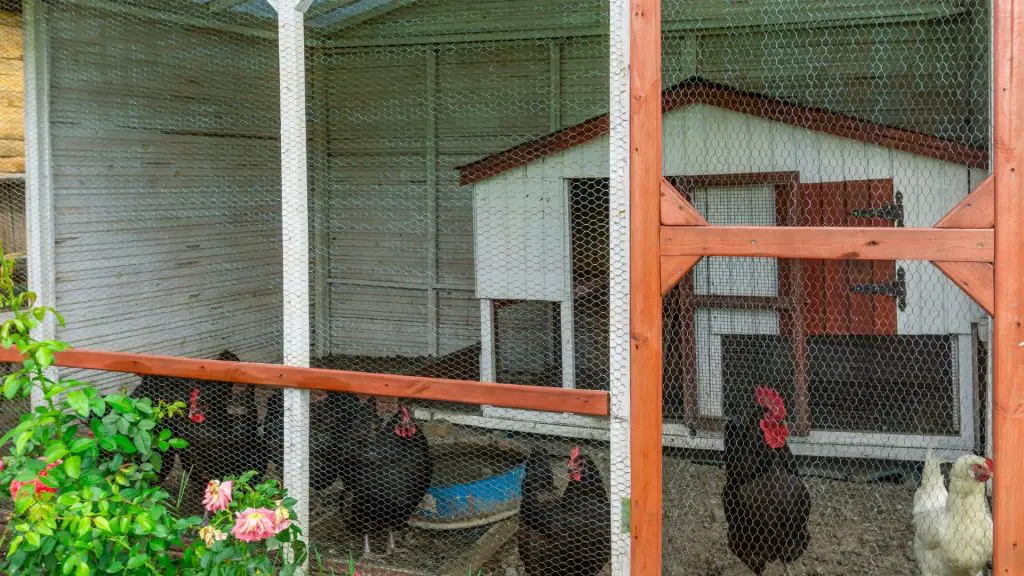
A chicken run is a fenced structure attached to your chicken coop. It is an enclosed environment where your chickens can freely forage and roam around in a particular space. In this structure, you can protect them from predators, bad weather and take care of their needs. A mobile chicken coop is an example of this structure.
How Big Should a Chicken Run Be?
The size of a chicken run will depend on how many flocks you have. Advisably, you will need at least 8 – 10 square feet of space per chicken. The chicken run should be surrounded by a height of 1.8 m (180 cm) chicken wire mesh and fully enclosed into the soil at a depth of 0.5 m (50 cm) to prevent predators from digging in.
But if you have limited space for a chicken run, you must at least provide enough space inside the chicken coop.
Related: How Big Should a Chicken Coop Be? | A Complete Guide
Does a Chicken Run Need a Roof?
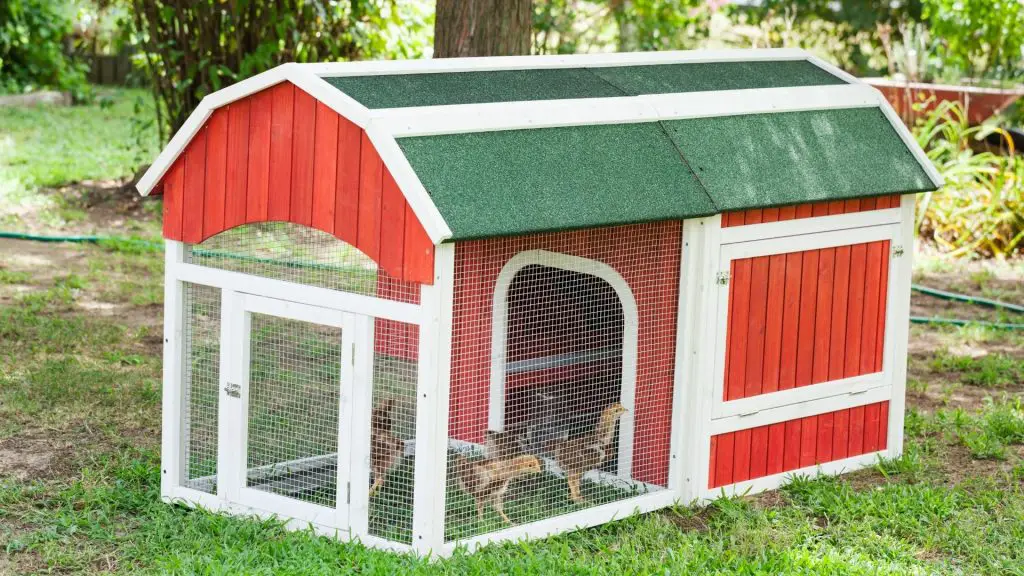
A chicken run needs a roof to protect the chickens from aerial threats. Examples are hawks and other flying predators that can easily harm the chickens and environmental hazards like heavy rains.
How to Build Chicken Run in Different Ways?
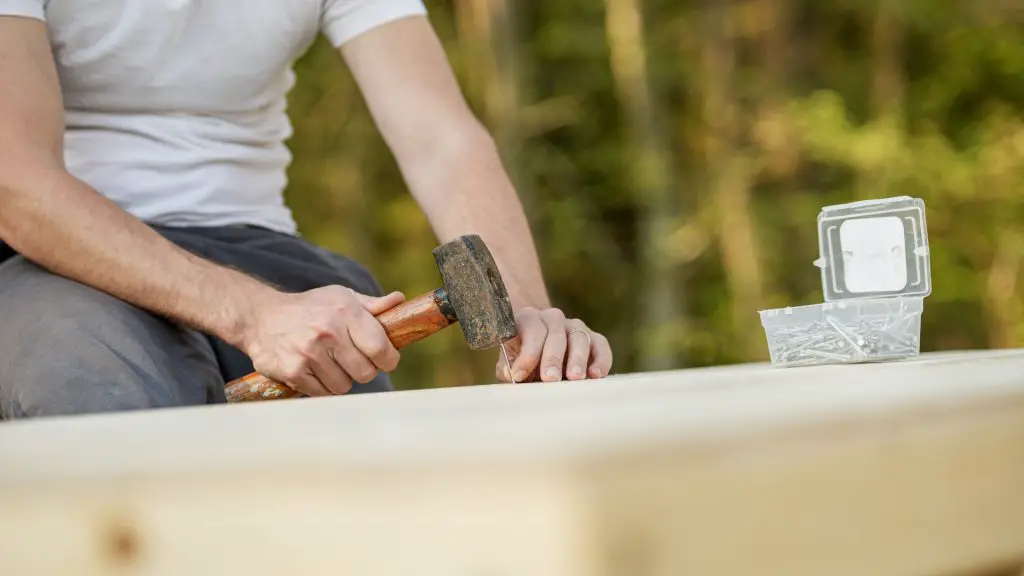
How to Build a Chicken Run With a Roof?
In building a chicken run, the roof must be slanted to prevent rainwater from dripping down on the chickens. Meanwhile, the metal roof needs to be covered with reflective paint to reduce heat, especially during hot summer. The mixture of high humidity and temperatures can be life-threatening to the birds.
Furthermore, a hoop can also be used as a roof for mobile coops to provide enough protective cover while giving the chickens sufficient ventilation so that they remain healthy.
How to Build a Chicken Run Around a Garden?

Here are the steps to follow to build a chicken run around a garden:
Step 1: Determine the size or dimensions of your chicken run and the coop within the run. Ensure that they fit the perimeter of your garden.
Step 2: Choose the materials – wood or plastic.
Step 3: Attach a metal fence and hardware cloth.
Step 4: Cut out an opening for the coop.
Step 5: Cover the run with a trampoline.
Step 6: Plant vegetation on the grounds.
Step 7: Build a gate for the chicken run.
How to Build a Chicken Run On Uneven Ground?
You can quickly build a chicken run on the uneven ground if the frame’s piers or poles are tall enough on the lower end of the slope. In this case, do the following:
Step 1: Use these piers to keep the frame level. Make sure that the hardware cloth can be buried on all sides of the coop by a foot or more. This is a good strategy to make sure that the coop is predator-proof.
Step 2: If the state of the unevenness of the ground is too drastic, one can add some framing on the low-end below the essential frame to attach the hardware cloth.
How to Build a Chicken Run With Chicken Wire?
While many farmers use chicken wire to cover their coop frames, raccoons and other predators can pry through this mesh. Hardware cloth, a stronger steel mesh, is a better alternative material for keeping the chickens safe.
How to Use a Trampoline for Chicken Run?
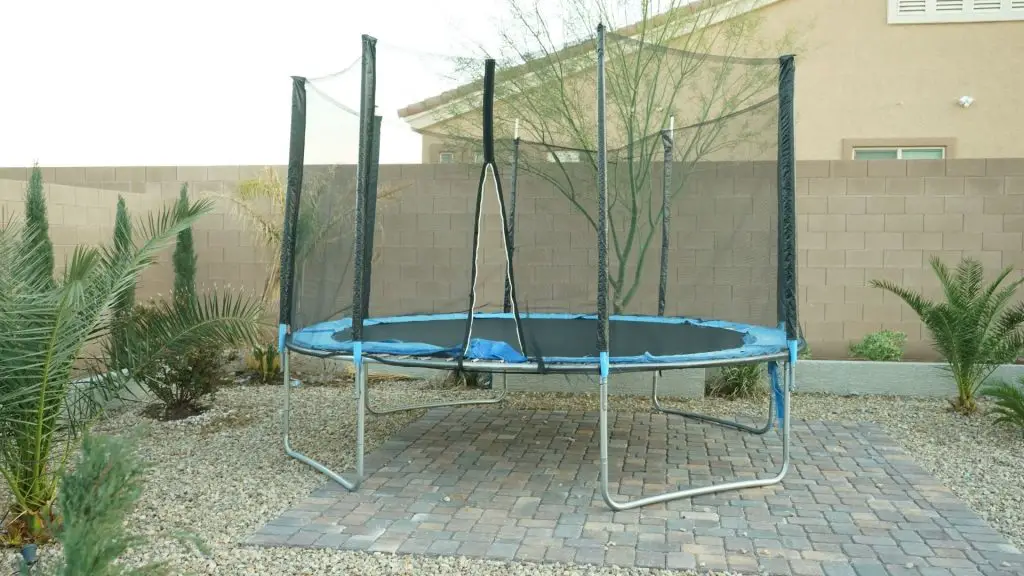
Using an old trampoline for a chicken coop is ideal if you want a quick and easy project that’s also relatively inexpensive. Affix hardware cloth around the frames of your old trampoline to make a nice little home for your backyard chickens.
How to Build a Chicken Run Cheap?

To build a chicken run cheap, buy PVC, plastic poultry netting, and zip ties. Once the chicken run is constructed, you can move it to a garden bed and cover it with a cloth. This will provide temporary shelter for a small flock, but you’ll likely want something more sophisticated soon.
When it comes to materials, a decision has to be made between using plastic and wood. Wood is easier to work with and has been used for hen houses for thousands of years. On the other hand, plastic is easier to clean but will be more difficult for an amateur to build with.
An easy and inexpensive option for beginners is to use plywood. It’s sturdy while at the same time it’s affordable. A wire can also be used to protect the chickens from aerial predators like owls and hawks.
What to Put In a Chicken Run?
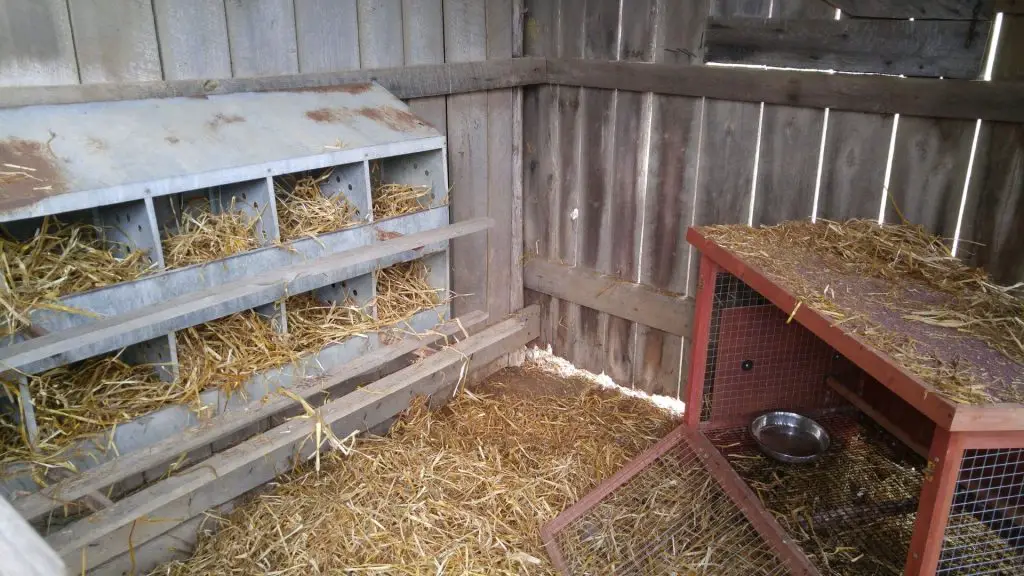
You can put nest boxes in a chicken run. The nests should have a roof sloped at 45 degrees to stop birds from roosting on top of these boxes, be placed no lower than the roosting poles, and be accessible via a chicken-size, ladder-like ramp.
One should build a nest box for every four birds. Each box should be approximately 12 inches deep x 12 inches wide x 12 inches tall (30.5 cm deep x 30.5 cm wide x 30.5 cm tall). The nesting boxes shouldn’t be placed directly on the ground or lower than roosting poles.
For nest boxes that are off the ground, place a pole on the surface of every box or across a row of boxes so that it is possible for birds to jump and land there.
Related: How to Build Chicken Nesting Boxes? | A Detailed Guide
How to Make a Chicken Run More Interesting?
Add treat dispensers like simple yellow or other bright-colored balls with small holes to make a chicken run more interesting. Fill up the ball with grains so that chickens can play a game and peck at it. Add fresh greens like lettuce to provide chickens with food variety and needed nutrition.
Related: What to Feed Backyard Chickens? | Information and Facts
What Is the Best Ground Cover for a Chicken Run?
Good alternatives to low-growing shrubs and ground cover include millet, broomcorn, sorghum, and other tall leafy vegetation. These plants provide the birds with cover and allow them to hide under this alternative ground cover.
What to Plant in a Chicken Run?
There’s a large variety of plants that you can choose to add to a chicken run. You can start with the vegetation already in the chicken’s grazing area. However, you can still experiment with other plants to enhance biodiversity. Chickens will graze most stoloniferous-type vegetation.
How Long Did It Take To Make a Chicken Run?
The duration required to make a chicken run depends on the size of the chicken run. It could range from a weekend to three months. This also depends on the builder’s abilities and experience.
How to Clean a Dirty Chicken Run?
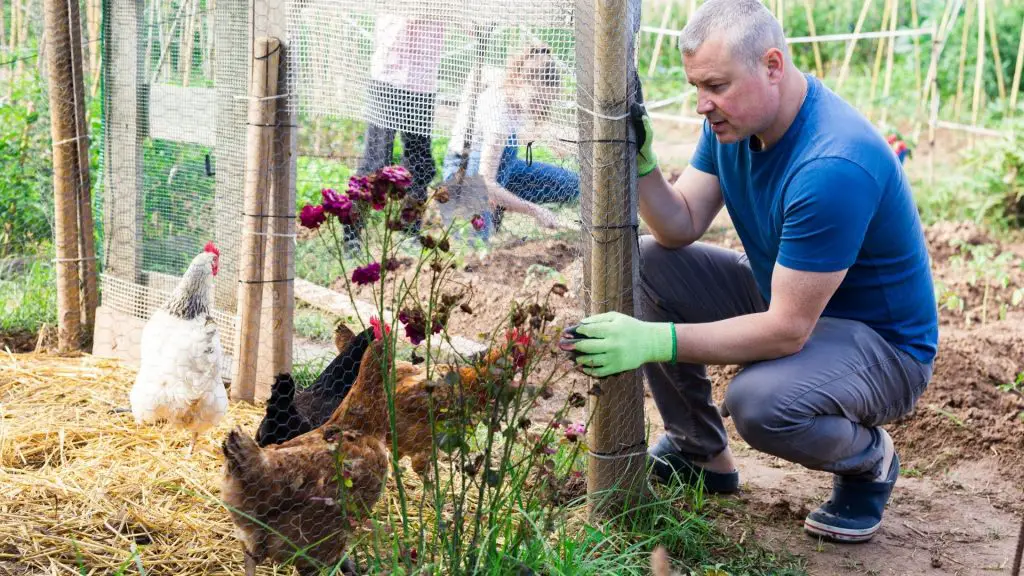
Here are ways for you to clean a dirty chicken run:
Step 1: Start by dry cleaning. Sweep dust and debris off ceilings, light fixtures, walls, nest boxes, roosts, and anywhere else it has accumulated. Empty the feeders. Scrape manure and feather dander from perches and roosts.
Step 2: Proceed to wet cleaning. Wash all the different surfaces in the building, especially window sills and other surfaces where dirt and dust have accumulated. You can then soak, wash and rinse the chicken run. Use warm or hot water to do a better job getting through organic matter than cold water.
Step 3: Soak the area. Soak perches, roosting areas, and other heavily soiled spots thoroughly. The best way to clean is to utilize a low-pressure sprayer to soak all surfaces completely. Soak until the accumulated muck can be easily removed.
Step 4: Rinse the area. After you’ve cleaned or soaked the different areas of the chicken run, rinse the different parts instantly. A final rinse right away after washing is recommended to remove any harmful residues.
Step 5: Dry the chicken run. Cleaning on a dry, sunny day helps in the drying process. If possible, use a blower or fan.
Step 6: Disinfect once the area is dry. Disinfectants should be applied only after the building and equipment have already been comprehensively cleaned, ideally right after rinsing. They’re also often applied by sprays, aerosols, or fumigation. You can “fumigate” your hen house by using a garden-type sprayer.
Related: How to Clean a Chicken Coop? | A Complete Guide
List of Sources
Designing a Mobile Chicken Coop
